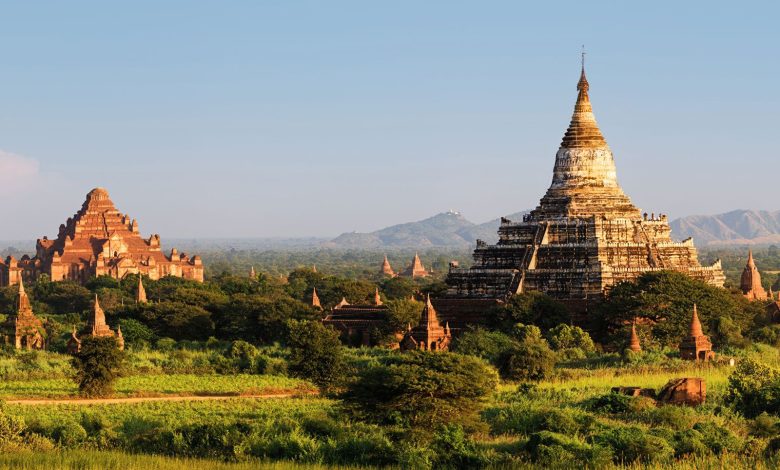Introduction And History of Burma: Unveiling Its Rich Heritage

Introduction to Burma
Burma, now known as Myanmar, is a country in Southeast Asia. It has a rich history and diverse culture. The country shares borders with India, China, and Thailand.
Myanmar is known for its stunning landscapes and ancient temples. The Irrawaddy River flows through the heart of the country. This river has been vital for trade and transport.
Ancient History of Burma
The history of Burma dates back thousands of years. Early inhabitants lived in the region around 11,000 BC. These early people were hunter-gatherers.
By the 1st century AD, the Pyu people established city-states. They traded with India and China. The Pyu were skilled in building and agriculture.
The Bagan Empire emerged in the 9th century. King Anawrahta founded the empire in 1044 AD. Bagan became a center of Buddhist learning and culture.
The empire built thousands of temples and stupas. Many of these structures still stand today. Bagan’s golden age ended in 1287 when the Mongols invaded.
Colonial History of Burma
British Rule
In the 19th century, Burma faced British colonization. The British fought three wars with Burma. The First Anglo-Burmese War began in 1824.
By 1885, the British had annexed all of Burma. They made it a province of British India. The British introduced new laws and systems.
Burmese people resisted colonial rule. Many fought for independence. Aung San, a national hero, led the struggle for freedom.
World War Ii And Independence
During World War II, Japan occupied Burma. The Burmese Army allied with the Japanese. They hoped to gain independence from Britain.
After the war, Burma achieved independence in 1948. The country became the Union of Burma. Aung San played a key role, but he was assassinated in 1947.

Credit: www.amazon.com
Modern History of Burma
Military Rule
In 1962, a military coup took place. General Ne Win seized power. The country was under military rule for many years.
During this time, the country faced economic struggles. Many people lived in poverty. The military government was strict and controlled many aspects of life.
Path To Democracy
In 1988, pro-democracy protests erupted. Thousands of people demanded change. The military responded with force, causing many deaths.
Aung San Suu Kyi emerged as a leader. She formed the National League for Democracy (NLD). The NLD won elections in 1990, but the military ignored the results.
In 2011, Myanmar began to transition to democracy. The military allowed some reforms. Aung San Suu Kyi was released from house arrest.
Current Situation
Today, Myanmar is still facing challenges. Ethnic conflicts and political issues continue. The country is working towards a better future.

Credit: www.britannica.com
Culture of Burma
Burma has a rich and diverse culture. The majority of the population practices Buddhism. This religion influences many aspects of life.
Festivals
Many festivals are celebrated in Myanmar. The most famous is Thingyan, the Water Festival. It marks the Burmese New Year and involves water fights and celebrations.
Food
Burmese cuisine is unique and flavorful. Rice is a staple food. Popular dishes include Mohinga (fish noodle soup) and Laphet Thoke (tea leaf salad).
Art And Literature
Myanmar has a rich tradition of art and literature. Traditional dance and music are important cultural expressions. Burmese literature includes ancient texts and modern works.
Frequently Asked Questions
What Is Burma’s Current Name?
Burma is now officially known as Myanmar.
When Did Burma Gain Independence?
Burma gained independence on January 4, 1948.
Who Colonized Burma?
The British colonized Burma in the 19th century.
Why Was Burma Renamed Myanmar?
Myanmar reflects the country’s diverse ethnic groups and heritage.
Conclusion
Burma, or Myanmar, has a fascinating history. From ancient kingdoms to modern struggles, the country has seen much change. Its culture is rich and diverse, offering much to explore.
As Myanmar continues to develop, its people remain resilient. They look to the future with hope and determination. Discovering Burma’s history helps us appreciate its journey and heritage.




